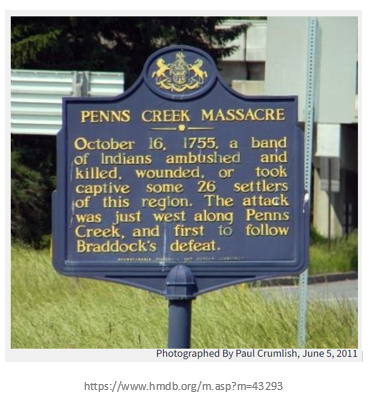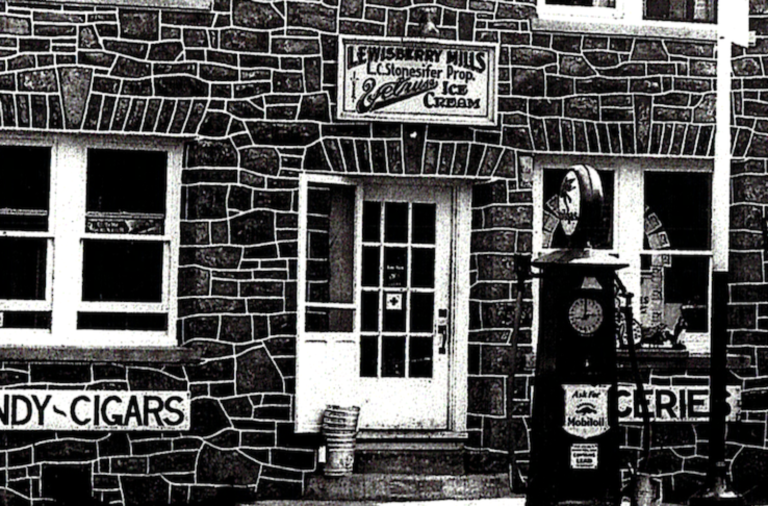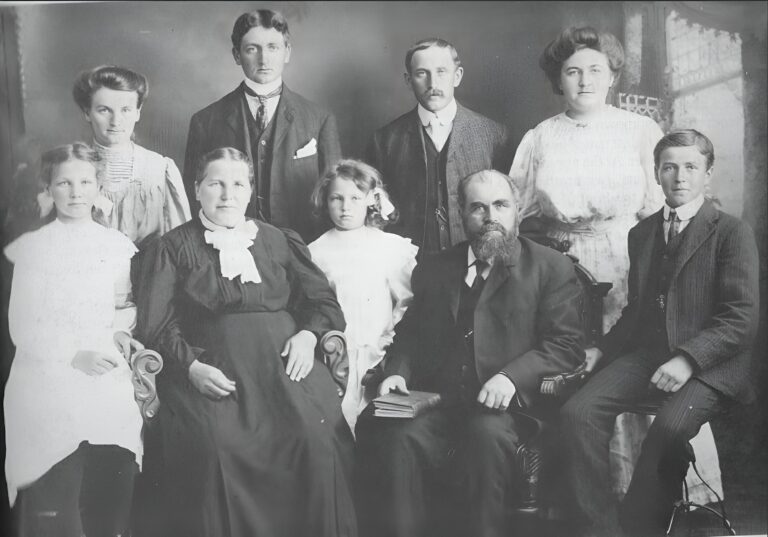By all accounts, relations with the Native Americans in the Redland Valley were harmonious. Sadly, the same cannot be said elsewhere in the Pennsylvania Colony. William Penn’s sons, especially Thomas Penn, did not continue their father’s principled relationships with the native people. After the controversial Walking Purchase of 1737 the Lenape people, pushed westward, lost their trust of the European settlers.
Snyder County, the birthplace of William “Bill” Harrison Miller, a character in “The History of Silver Lake as Told Through Its Deeds”, is a county in the Commonwealth of Pennsylvania, with Middleburg serving as its county seat. Formed in 1855 from parts of Union County, Snyder County is nestled within the Central Pennsylvania region.
Established in the 1740s by Pennsylvania Germans from Berks and Lancaster counties, Snyder County gained autonomy on March 2, 1855. It was named in tribute to Simon Snyder, a prominent figure who served as governor of Pennsylvania from 1808 to 1817, residing in Selinsgrove.
Despite being the fifth-smallest county in Pennsylvania, Snyder County boasts a diverse topography within the Ridge and Valley region of the Appalachian Mountains. It features two parallel mountain ridges, Shade Mountain and Jacks Mountain, running southwest to northeast. The Susquehanna River forms its eastern boundary, with steep hills, gently rolling terrain, and flat creek valleys filling the space between. Roughly half of Snyder County is covered in forests, providing habitats for wildlife and opportunities for hunting enthusiasts.

The Penns Creek massacre, a notable event in Snyder County’s history, took place on October 16, 1755, in Selinsgrove. This raid, orchestrated by Lenape (Delaware) Native Americans, targeted a settlement along Penn’s Creek, marking the onset of deadly conflicts with Pennsylvania settlements during the French and Indian War.
The Lenape killed 14 of the 26 settlers they found living on Penn’s Creek and took 11 captive (one man was wounded but managed to escape). This violence was driven by the Lenape’s frustration with years of European settlers encroaching on their land. Their loss of traditional lands in the Lehigh Valley to the provincial government of Pennsylvania resulted from a dubious deal orchestrated by Thomas Penn, known as the Walking Purchase. Subsequently, many Lenape moved into the Susquehanna Valley with permission from the Iroquois. However, one year before the Penn’s Creek massacre, the Iroquois sold much of the Susquehanna Valley to the governments of Pennsylvania and Connecticut without consulting the Lenape. This left them once again feeling displaced by the arrival of settlers.
As a direct result of the Penn’s Creek massacre and subsequent raids, Pennsylvania assemblyman Benjamin Franklin persuaded the governor and assembly of the province to abandon its roots in Quaker pacifism and establish an armed military force and a chain of forts to protect the settlements. Franklin himself helped to organize and train the first Pennsylvania regiments. The Lenape and other displaced Native Americans continued their attacks on settlers and battles with the provincial forces for three years, until the Treaty of Easton was signed between the tribes and the British in 1758.
In the Miller family genealogy, ancestors of Bill Miller were victims of the tensions between European settlers and indigenous people.






